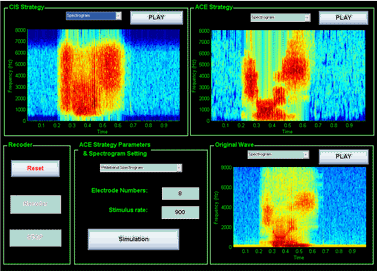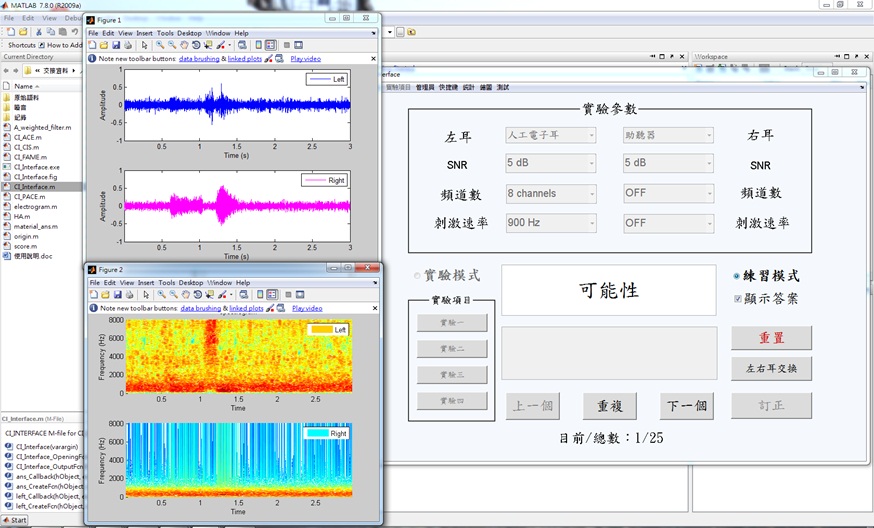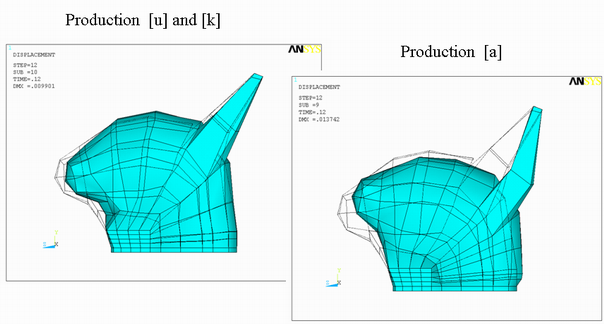|
Research
Interests:
1.Computer
simulation on speech production mechanism
We use magnetic resonant imaging technique and magnetic articulograph to
observe normal and disordered speech production and
to establish related
database, such as MRI-based 3D tongue atlas and speech articulation data to investigate the phonetic
characteristics of Mandarin and Taiwanese articulations.
We investigate neural correlates of Chinese tone production using fMRI
as a first step to study neural mechanism of Chinese speech
production. With a
proper neural control model, a physiological articulatory model of speech production will be useful for
investigating
neural mechanisms of speech motor control and related speech
motor disorders with the observed articulatory movements and acoustic
recordings to interpret the complex relations between the acoustic signal
properties and the articulatory
process.
|
fMRI Brain Activation Sites for Speech Production
|
.gif)
|
|

|
2.Modeling
speech encoding strategy for Cochlear Implant and signal processing for Hearing
Aids; and their Clinical Tests
The
main purpose of this study is to understand how the combined electrical and
acoustic stimulation (EAS) will affect Mandarin word and tone recognition,
pitch identification, and melody recognition under the environmental background
noise for patients with CI.
|
Advanced
Combination Encoder
(ACE) Simulation
|
Continuous
Interleaved Sampling (CIS) Simulation
|
|

|

|
|
CIS and ACE Strategy Simulation
|
|

|
|

|
3.Bioinstrumentation,
Biosignal Processing, Physiological System Modelling, and MR image processing
|
3D Reconstruction of Tongue Model
|
Tongue Model for Speech Production Simulation
|
|
.gif)
|

|
4. Based Physiological Signal Measurement System
5.Augmentative and
Alternative Communication, and Instrumentation for Speech and hearing
Assessment
|